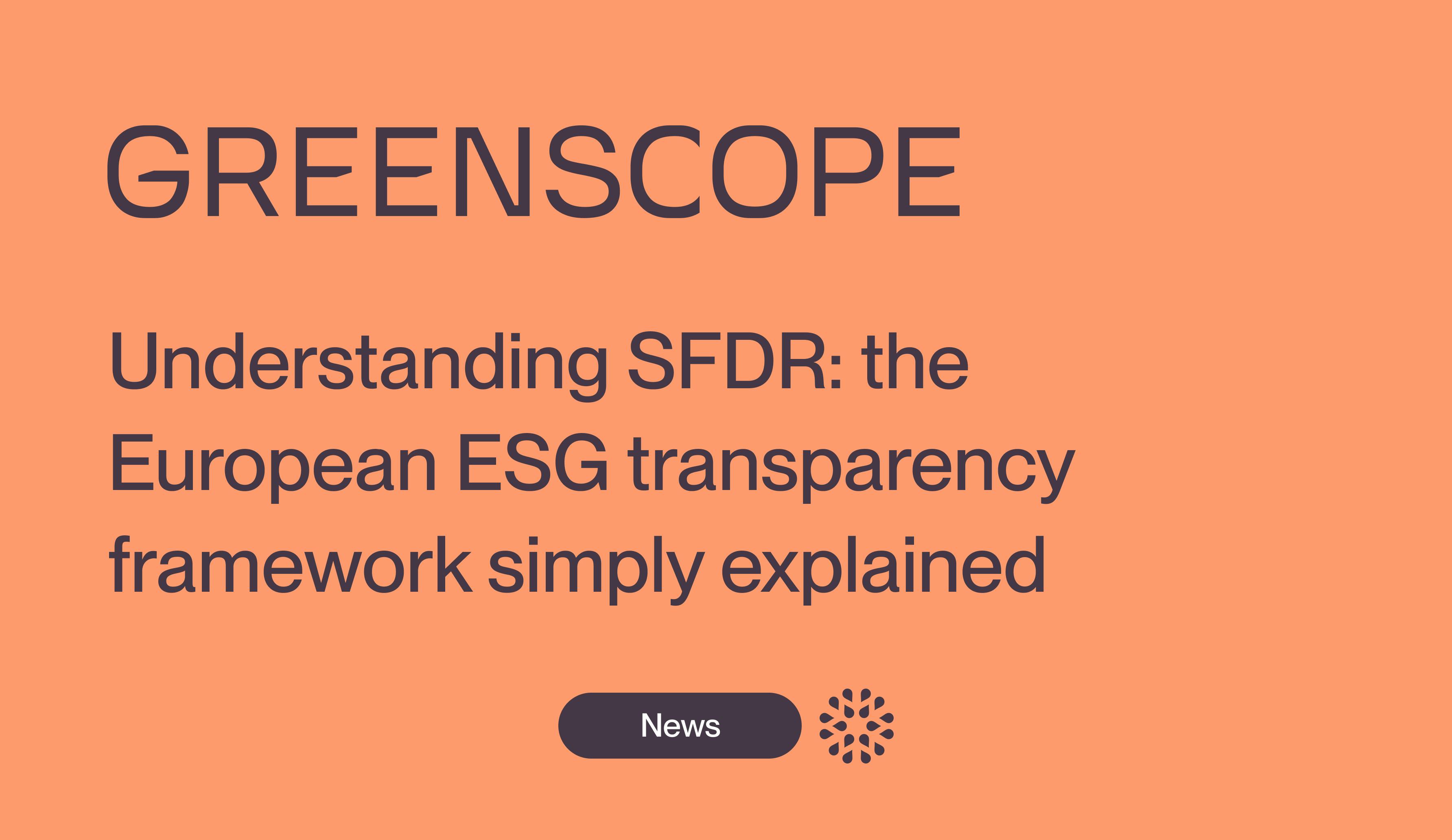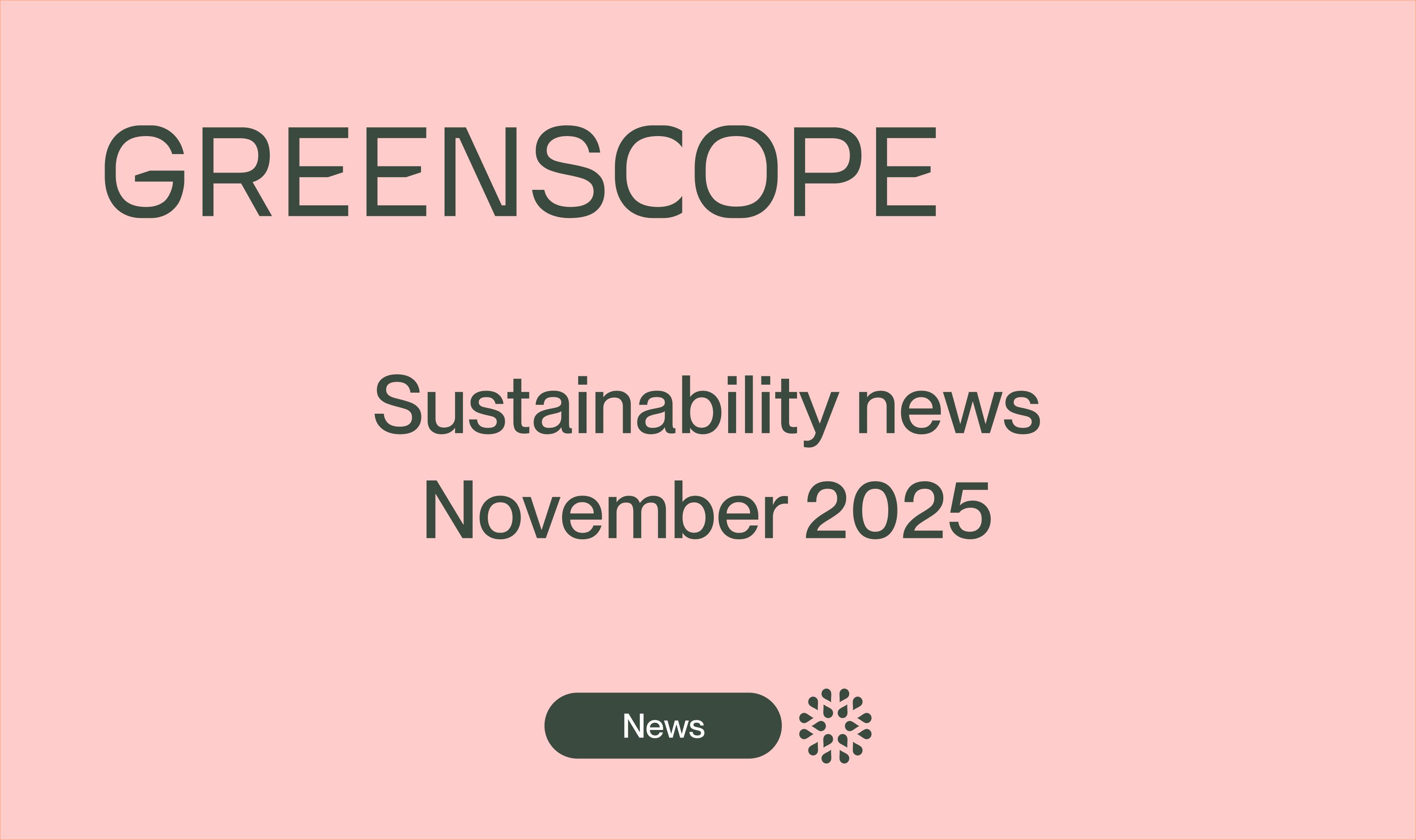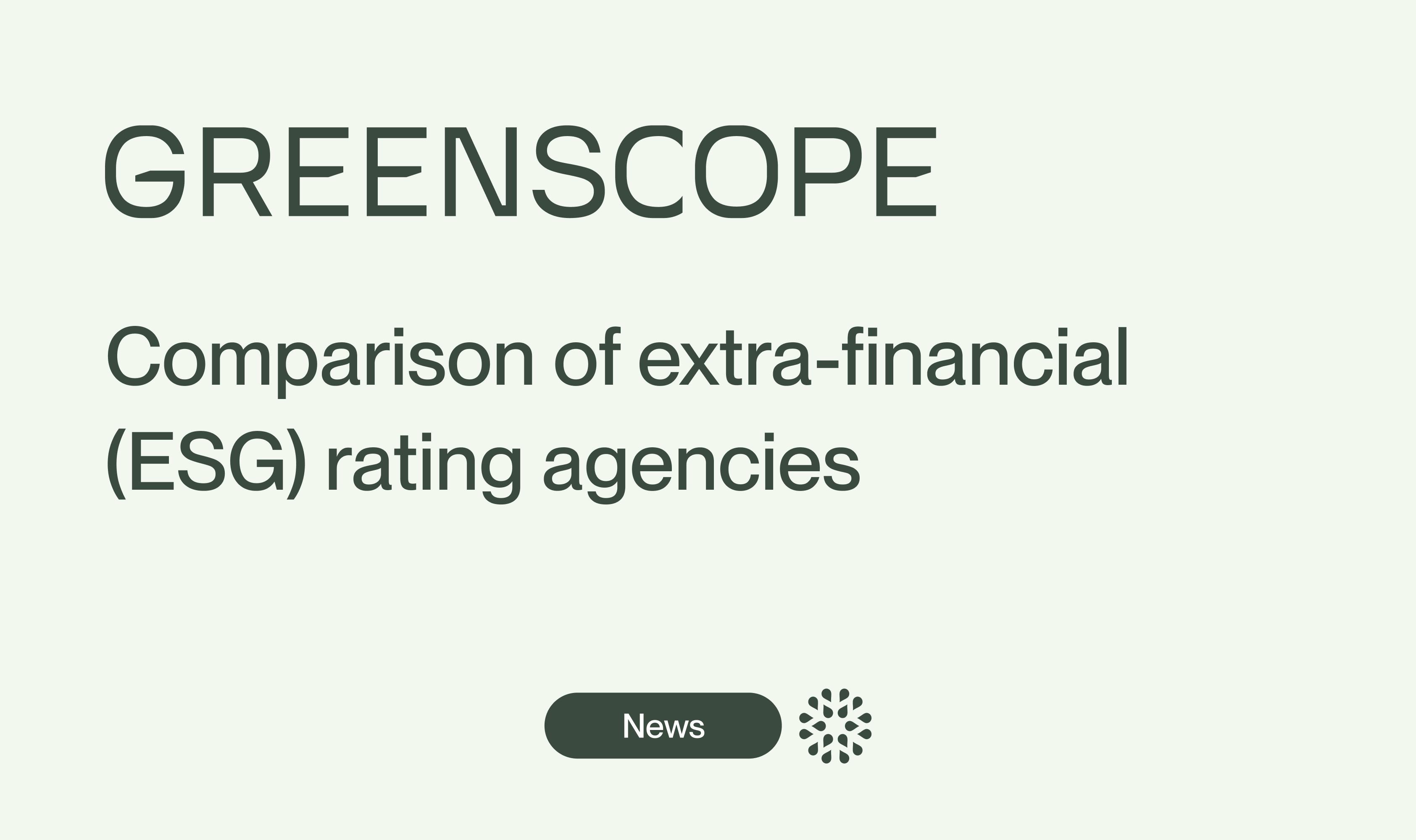EDCI - Understanding the ESG Data Convergence Initiative to harmonize ESG reporting in Private Equity
Simplify and standardize your ESG data with EDCI.

In a landscape where ESG reporting frameworks are numerous - such as SFDR, CSRD, GRI, ISSB, or the new VSME standard - companies and investors face a major challenge: the comparability of ESG data. Each framework imposes its own indicators and levels of granularity, making it difficult to evaluate sustainability performance in a consistent way. For investors, especially those in private equity, this fragmentation is a significant obstacle to the reliability, transparency, and consistency of ESG analysis.
It is in this context that the ESG Data Convergence Initiative (EDCI) emerged. Launched in 2021 by the Carlyle Group and CalPERS, and now supported by more than 350 private equity actors, EDCI provides a common set of key ESG indicators to improve the comparability of ESG performance among portfolio companies. By promoting transparency and standardization, the initiative pursues a dual objective: simplifying ESG reporting for companies and strengthening investor confidence in the quality of non-financial data.
What is the EDCI? What is its positioning?
Definition and stakeholders
The EDCI (ESG Data Convergence Initiative) was born from a global partnership of private market actors with the goal of harmonizing and standardizing ESG data disclosure, enabling fund managers (GPs) and institutional investors (LPs) to access easily comparable ESG data.
The initiative defines a set of key ESG indicators ranging from greenhouse gas emissions and energy consumption to diversity, health and safety, and employee engagement. These indicators are detailed later in the article.
EDCI primarily targets private equity firms (GPs) and their portfolio companies — the businesses owned or financed by these funds. Institutional investors (LPs), such as pension funds, insurers, or foundations, are also central to the initiative. They use the harmonized data to assess ESG-related risks and opportunities and to meet increasing regulatory expectations.
EDCI stands out through its pragmatic approach: reducing administrative burden for companies while providing investors with reliable and comparable information. By establishing a shared framework, EDCI strengthens ESG transparency and facilitates decision-making in a context where regulations and stakeholder expectations are rapidly evolving.
Context and positioning
Companies and investors must navigate multiple reporting frameworks and obligations. In Europe, SFDR requires asset managers to disclose the ESG impact of their financial products, while CSRD sets European non-financial reporting standards for companies. Internationally, frameworks such as ISSB, SASB, GRI, and TCFD define indicators and methodologies that are often difficult to compare.
In this fragmented environment, EDCI plays the role of a harmonization tool tailored to private equity. Rather than creating a new universal standard, the initiative focuses on standardizing the most relevant ESG indicators for funds and portfolio companies while facilitating their alignment with existing regulatory requirements. EDCI therefore serves as a bridge between public regulation, investor expectations, and market practices.
What does the EDCI include, and how are the data collected and used?
The concrete requirements of EDCI: the 8 main indicators
These eight indicators cover the environmental, social, and governance dimensions and provide a comprehensive view of ESG performance:
Greenhouse gas (GHG) emissions | disclosure of Scope 1 and 2 emissions, with optional Scope 3 |
Net Zero strategy | presentation of climate strategy and associated targets |
Renewable energy | percentage of energy coming from renewable sources |
Diversity and inclusion | representation of women and underrepresented groups in governance and management |
Workplace accidents | number of injuries, fatalities, and lost-time incidents |
Employment dynamics | net new hires and total turnover |
Employee engagement | existence and results of internal surveys |
Cybersecurity | execution of security tests or audits |
How are EDCI data collected and used?
1️⃣ Data collection by portfolio companies
Each portfolio company provides the required information according to EDCI indicators. Collection may be performed by GPs directly or through digital ESG platforms that streamline data entry and verification.
2️⃣ Consolidation and harmonization by the funds
GPs then aggregate company data using one of the submission channels provided by EDCI:
- ESG partner platforms
- the official EDCI template
- secure BCG file transfer
- secure internal systems
EDCI performs a technical review to identify inconsistencies, missing fields, or formatting issues. GPs then harmonize the data internally to ensure:
- proper units
- accurate reporting perimeter
- methodological consistency
3️⃣ Analysis and reporting to investors
The consolidated data are used to:
- assess ESG performance across the portfolio
- produce standardized reports (e.g., SFDR, LP requests)
- facilitate benchmarking between companies and funds
Impact, benefits, and future challenges for EDCI
Benefits and impact
Since its launch in 2021, EDCI has brought together a large community of private equity actors. More than 350 GPs and LPs now participate, including Blackstone, Carlyle, EQT, Apollo Global Management, and TPG.
Some firms, such as Carlyle - cofounder of the initiative - have integrated EDCI into their internal processes to strengthen the standardization of non-financial data across their portfolios.
Remaining challenges
- Limited coverage: EDCI currently focuses on private equity and does not yet include venture capital, private debt, or infrastructure.
- Regulatory alignment: convergence with European requirements (CSRD, SFDR) is still evolving.
- Technological complexity: managing ESG data at scale requires robust digital tools.
Platforms such as Greenscope can play a critical role by automating ESG data collection and consolidation, facilitating compliance with EDCI requirements.
Therefore, to take full advantage of this convergence, it is still necessary to have the right tools to collect, structure, and analyze this data on a large scale.
Ainsi, pour tirer pleinement parti de cette convergence, encore faut-il disposer des bons outils pour collecter, structurer et analyser ces données à grande échelle.
Our last articles

EDCI - Understanding the ESG Data Convergence Initiative to harmonize ESG reporting in Private Equity
Simplify and standardize your ESG data with EDCI.

Understanding SFDR: The European ESG transparency framework made simple
Understanding SFDR means understanding what structures sustainable finance in Europe. Requirements, tools, impacts: let's break it down.

CSR News - November 2025
Discover key developments: ongoing projects, standards updates, new official documents.

Comparison of ESG rating agencies: role, methodology, and key players
ESG ratings now shape investment decisions. Learn how extra-financial rating agencies assess sustainability-related issues.



